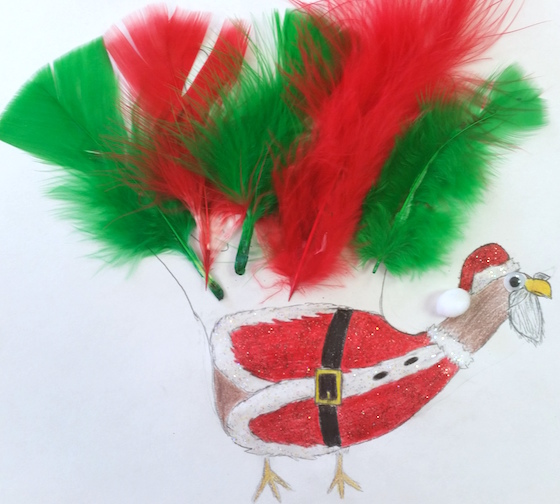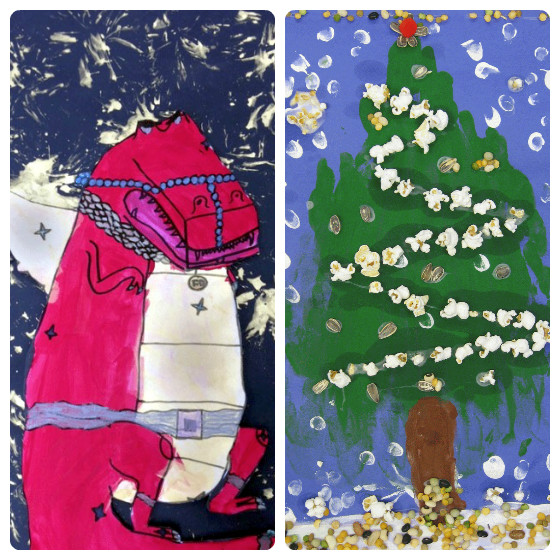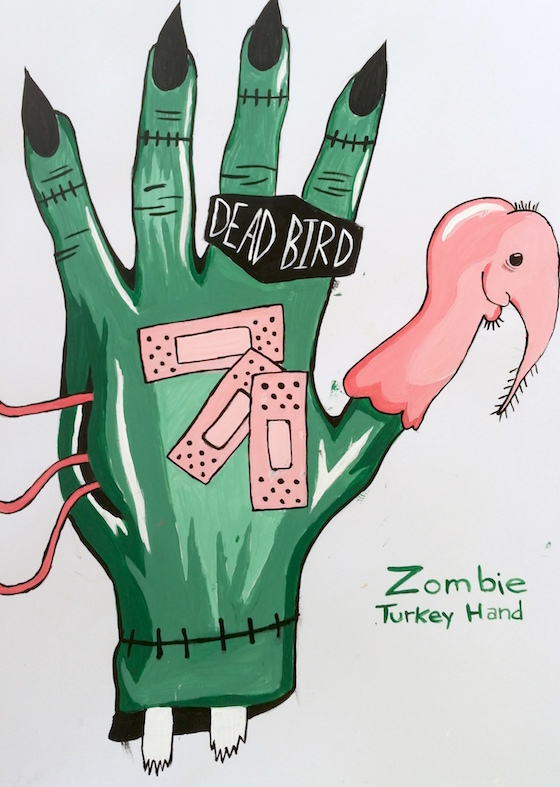Christmas trees and Santas are examples of some popular images this time of year. Students see them everywhere as the seasonal excitement builds and builds. The question for art teachers is: Do these images belong in our curriculum, and, if so, how?

Specific Considerations
The first thing to consider with holiday-related art in schools is legality, which is ultimately a constitutional issue dealing with the separation of church and state. In the 1960s, the Supreme Court ruled that schools must not promote specific religions, like requiring students to say a morning prayer. However, schools can include instruction related to religion or holidays if it meets curriculum goals.
The ACLU sums it up like this: “Generally, public schools may teach about religious holidays, and may celebrate the secular aspects of the holiday and objectively teach about their religious aspects. They may not observe the holidays as religious events. Schools should generally excuse students who do not wish to participate in holiday events.”
The legal aspect of holiday-related art is just one area to consider. Teachers also have to consider the beliefs and backgrounds of the students they teach and how everything relates to the curriculum.
Here are 4 guidelines to get you through December.
1. Think it Through
The first thing you should do before planning a holiday-themed project is to ask yourself the following three questions:
- Does this relate to my curriculum?
- Will this lesson make all students feel included?
- Does it follow my school’s or district’s policy?
If the answer to any of these questions is no, re-think your activity.
2. Balance Instruction

One way to teach holiday art inclusively is to include multiple holidays. For example, Christmas, Hanukkah, Kwanzaa, and Chinese New Year all happen during the winter season. Teaching about art from many celebrations builds deeper understanding and increases cultural awareness. Another way to think about this is by looking at your program as a whole. Do you include art related to various cultures and holidays throughout the year? Then a Christmas tree collage might fit in with your overall curricular approach.
3. Give Permission to Opt Out
It’s important to consider those students who might not feel comfortable taking part in holiday-related activities, even if they are secular in nature. Modify the assignment or plan alternative activities for any students who decide not to participate. Knowing your students really helps here because sometimes children feel uncomfortable speaking up.
4. Provide Choice

Another approach to making holiday art projects inclusive is by allowing for student choice in the content. Giving students themes like “winter” or “December” lets them explore ideas that are personally meaningful on an individual basis. Students can make art that is religious, secular, or simply seasonal. The important thing is that they are able to choose. Another variation of this idea is to set up centers for students to pick from.
So, should holiday art be included in your curriculum? It’s really a choice that teachers must make individually after considering their approach to art education, their curriculum, and the students they teach. For those who include holiday-related art, balancing instruction, giving permission for students to opt out, and providing choice are all good ways to meet everyone’s needs
How do you handle holiday-related projects in your art room?
Do you have any great lessons or themes to share?
Magazine articles and podcasts are opinions of professional education contributors and do not necessarily represent the position of the Art of Education University (AOEU) or its academic offerings. Contributors use terms in the way they are most often talked about in the scope of their educational experiences.




